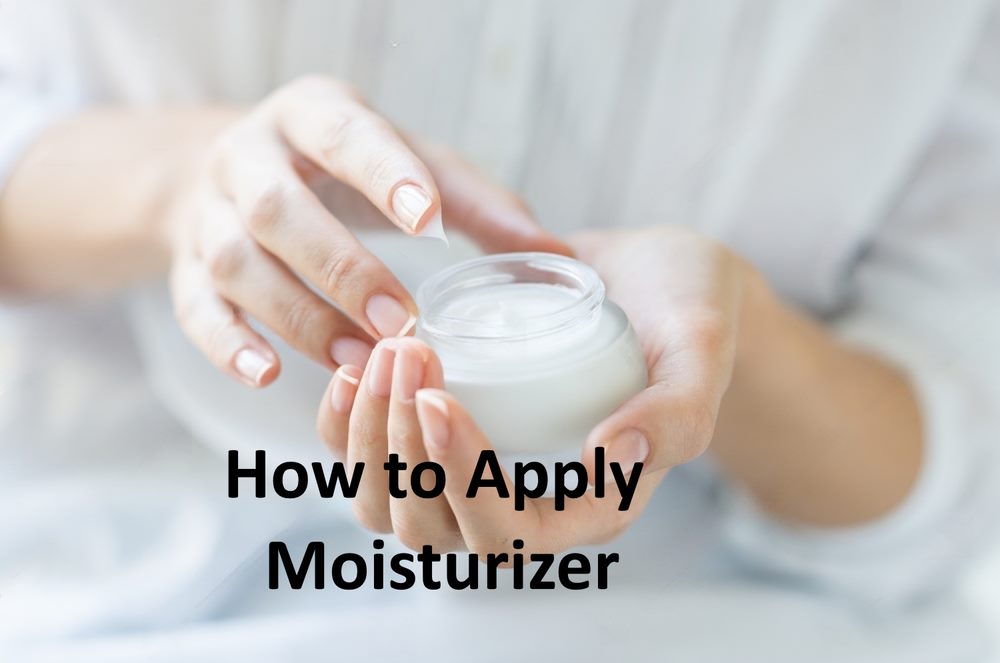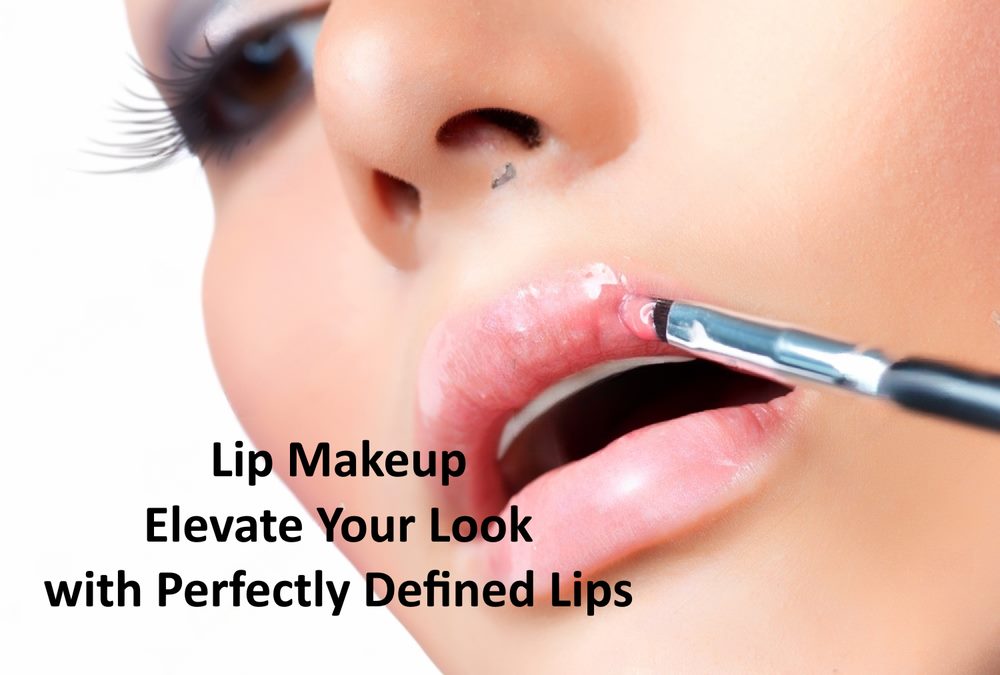How to Apply Moisturizer, Moisturizers play a crucial role in skincare routines by providing much-needed hydration to the skin. Understanding how to properly apply moisturizer can significantly enhance its effectiveness in maintaining skin health and combating dryness. In this guide, we’ll delve into the intricacies of moisturizer application to help you achieve optimal results for your skin.
Understanding Moisturizers
Before diving into the application process, it’s essential to grasp the composition and functions of moisturizers. These skincare products typically consist of a combination of oil and water, along with various active ingredients aimed at improving skin hydration. The primary objective of moisturizers is to soften the outer layers of the skin and enhance its suppleness by boosting moisture levels.
While numerous moisturizing formulations exist, some stand out for their effectiveness. Petrolatum, commonly known as Vaseline, forms a protective barrier over the skin, preventing moisture loss. Moisturizing creams, with higher oil content, offer excellent hydration while being less greasy than ointments or petrolatum-based products. Additionally, moisturizers are tailored to different skin types, ensuring compatibility with oily, dry, or combination skin.
Types of Moisturizers
Moisturizers come in various forms, including lotions, creams, and ointments, each offering unique benefits and textures:
- Lotions: Liquid emulsions suitable for normal to slightly dry skin.
- Creams: Creamy emulsions are ideal for providing hydration to the skin without feeling overly greasy.
- Ointments: Water-in-oil emulsions offering intense hydration, particularly beneficial for severely dry skin.
Key Ingredients to Look For
When selecting a moisturizer, it’s essential to consider ingredients that promote skin hydration and health. Look for products enriched with:
- Glycerine: Known for its moisturizing properties, glycerine helps to attract and retain moisture in the skin.
- Niacinamide: This potent ingredient not only hydrates the skin but also helps to improve its barrier function and overall texture.
Effective Application Techniques
Now, let’s explore the proper steps for applying moisturizer to maximize its benefits:
- Preparation: Start by washing your hands and face using a gentle cleanser suitable for your skin type.
- Dispensing the Product: Place a small amount of moisturizer onto your fingertips. For the face, three small dabs are typically sufficient—one on each cheek and one on the forehead.
- Spreading the Product: Rub your hands together to evenly distribute the moisturizer. Then, gently dot the product all over your face, focusing on areas prone to dryness or dehydration.
- Blending: Using gentle, upward motions, blend the moisturizer into your skin until it’s fully absorbed. Pay attention to areas such as the cheeks, forehead, and jawline, ensuring thorough coverage.
- Timing: For optimal results, apply moisturizer to damp skin immediately after cleansing. This helps to lock in moisture and enhance the absorption of active ingredients.
By following these steps, you can effectively incorporate moisturizer into your skincare routine, promoting healthy, hydrated skin.
Mastering the art of moisturizer application is key to reaping its full benefits. Whether you prefer lotions, creams, or ointments, selecting the right product for your skin type and following proper application techniques can make a significant difference in achieving a radiant, moisturized complexion.
Choosing the Right Moisturizer
Selecting the appropriate moisturizer for your skin type is crucial for achieving optimal results. Consider the following factors when choosing a moisturizer:
- Skin Type: Determine whether your skin is oily, dry, combination, or sensitive. Look for moisturizers specifically formulated to address your skin’s unique needs.
- Ingredients: Check the label for key ingredients that target your specific skin concerns, such as dryness, aging, or sensitivity. Avoid products containing harsh chemicals or potential allergens.
- Texture: Choose a moisturizer with a texture that suits your preferences and skin type. Lightweight lotions are ideal for oily or acne-prone skin, while richer creams or ointments provide deeper hydration for dry or mature skin.
- SPF Protection: Consider using a moisturizer with built-in sunscreen to protect your skin from harmful UV rays and prevent premature aging.
Tips for Optimal Moisturizer Application
In addition to selecting the right moisturizer, incorporating proper application techniques can enhance its effectiveness:
- Consistency: Establish a consistent skincare routine by applying moisturizer twice daily, preferably in the morning and evening, after cleansing and toning.
- Amount: Use a pea-sized amount of moisturizer for the face and neck to avoid over-application, which can lead to clogged pores or a greasy residue.
- Direction: Apply moisturizer in upward, circular motions to promote better absorption and stimulate circulation, which can improve skin texture and tone.
- Special Areas: Pay extra attention to areas prone to dryness, such as the elbows, knees, and heels, by applying a thicker layer of moisturizer or using a specialized treatment.
- Layering: For added hydration and benefits, consider layering moisturizer with serums, oils, or treatments designed to target specific skin concerns, such as fine lines, dark spots, or inflammation.
Conclusion
Incorporating moisturizer into your daily skincare routine is essential for maintaining healthy, hydrated skin. By selecting the right moisturizer for your skin type and following proper application techniques, you can effectively nourish and protect your skin against environmental stressors, aging, and dehydration. Remember to consult with a dermatologist or skincare professional if you have specific concerns or conditions that require personalized recommendations. With the right approach, you can achieve a radiant, youthful complexion that glows with vitality.





